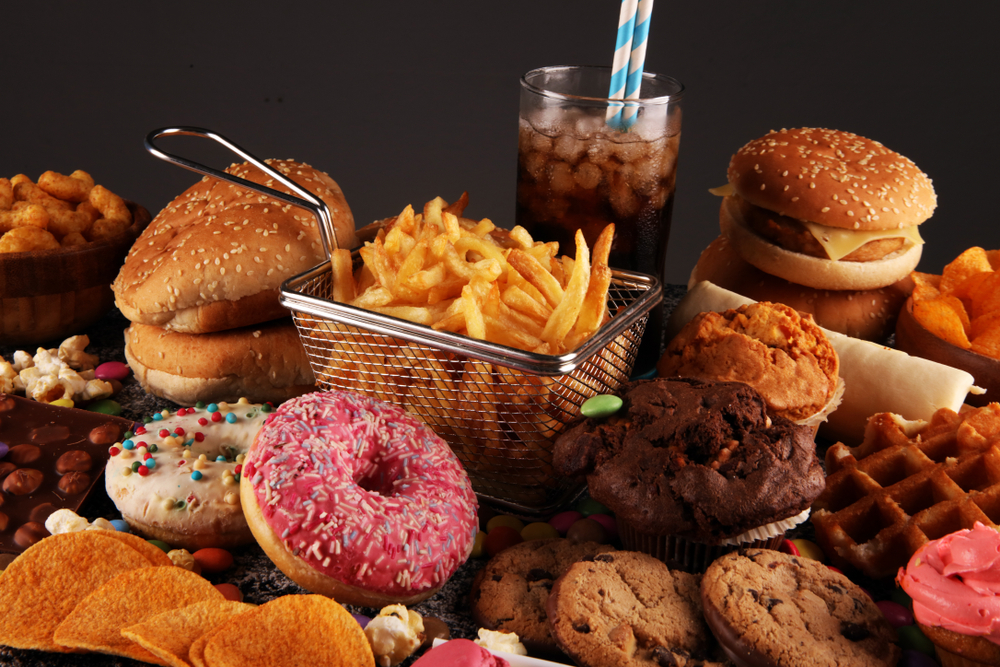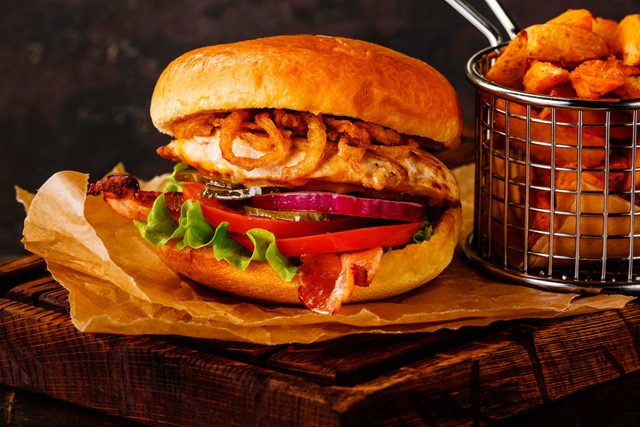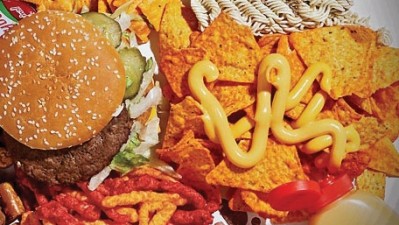
It is important to include at least three to five servings of fruits and vegetables in your daily diet during the first trimester. There are three options: spinach, green peas and broccoli. The high amount of folic Acid in spinach makes it a particularly good choice. Broccoli is good because it contains lots iron. It is safe for all, even though it is not recommended for hypothyroid patients. Sweet potatoes, avocado, tomatoes, green and yellow bell peppers, and sweet potatoes are also to be avoided in the first trimester.
Whole grains and lentils are essential for a healthy diet in the first trimester. These foods will supply the nutrients your baby needs to grow and thrive. Protein is essential for the first three months of pregnancy, so make sure you get two servings daily. These foods include eggs and dairy products. These are some of the best foods to avoid in this period.
A prenatal nutritionist is the best way to ensure that your baby's diet is healthy. A nutritionist can help you determine what diet is best for you and your baby, as well as advise you about the foods that you should avoid while pregnant. By following a healthy diet plan, you'll ensure a healthy delivery and a happy baby. A woman's first trimester can be exciting.

If you're a new mom, you should try to limit your intake of fatty meat and processed meats. Raw meats and deli meats can be harmful to a developing baby, so always ensure they're cooked to a steaming hot state. Shellfish, sashimi, and sushi should also be avoided. Consuming mercury-rich fish is also a bad idea. You should also avoid raw eggs and oysters.
It may seem tempting to eat fatty or oily fish. They could make your baby's stomach upset. This is normal and expected. You should however consider your particular stage of pregnancy before you decide on the type of food. The most important thing is to focus on eating a variety of healthy foods. It is important to eat a variety vegetables and fruits and avoid fatty meats.
During the first trimester, your baby grows the most, and you should make sure you eat plenty of protein. If you are thinking of having a baby you might also want to take a vitamin prenatal and eat iron-rich meals. Lean meats and fish are rich in iron, so you should eat them. During the first trimester, you should also avoid processed foods and fried foods.
Be sure to inspect labels when choosing foods for the first trimester. The majority of meats can still be consumed during the second period. But there are some things you should avoid. Listeria bacteria can be found unpasteurized dairy products. These products can infect the unborn baby. You should avoid soft cheeses with a white exterior coating.

Avoid shellfish and raw fish. They can spread food-borne disease. But, raw shellfish may contain harmful bacteria. To kill the harmful bacteria, you should cook these foods. It is also important to choose pasteurized dairy products to protect your baby. You can still buy pasteurized dairy products in shops if you cannot find them. Non-pasteurized products are also recommended to ensure safety for your baby.
Your nutrition is also important in the first trimester. A healthy diet is essential, but you also need to avoid processed foods. Fresh fruits and vegetables are a great source of protein. You should also include plenty of folates in your diet. These folates are crucial for the development and maintenance of the baby’s nervous sistem. The U.S. Public Health Service recommends that pregnant ladies consume 400 micrograms of Folic Acid per day.
FAQ
How can my blood pressure be controlled?
You must first determine the cause of high blood pressure. Then you need to take steps to reduce this cause. This could be as simple as eating less salt, losing weight, taking medications, etc.
It is important to ensure that you get enough exercise. If you don’t have enough time to exercise regularly, consider walking more often.
If you're unhappy with the amount of exercise you do, you might consider joining a fitness club. You'll probably want to join a gym where there are other people who share your goals. It's easier to stick to an exercise routine when you know someone else is going to see you at the gym.
What is the best food for me?
The best diet for you depends on several factors, like your age, gender, weight, health conditions, and lifestyle habits. Also, consider your energy expenditure, whether you prefer low-calorie food, and whether you enjoy eating fruits or vegetables.
Intermittent fasting is a good option if you're trying to lose weight. Intermittent fasting allows you to consume only certain meals per day, instead of eating three large meals. This approach may prove to be more beneficial than traditional diets that have daily calorie counts.
Studies have shown that intermittent fasting can improve insulin sensitivity and decrease inflammation. This could lead to improved blood sugar levels, and a lower risk of developing diabetes. Research also shows that intermittent fasting may increase fat loss and improve overall physique.
Here are five ways to lead a healthy lifestyle.
Healthy lifestyles include eating right, exercise regularly, getting enough rest, managing stress, having fun, and eating healthy. Healthy eating means avoiding sugary and processed foods. Exercise burns calories and strengthens the muscles. You can improve your memory and concentration by getting enough sleep. Stress management reduces anxiety, depression and other symptoms. Fun is the key to keeping us healthy and happy.
Do I need to count calories
Perhaps you are wondering what the best diet is for you. or "is counting calories necessary?" The answer to this question depends on many factors, including your current health, your personal goals and preferences, as well as your overall lifestyle.
The Best Diet For Me: Which One Is Right?
My current health status, personal goals, preferences, and overall lifestyle all play a role in choosing the right diet. There are many different diets, some good and some not so good. Some diets work well for some people and others do not. What should I do? How can I make the best decision?
These are the questions that this article attempts to answer. The article starts by introducing the many types of diets currently available. Then we will discuss the pros & cons of each kind of diet. We'll then discuss how to choose which one is best for you.
To begin, let's take a quick look at the different types of diets.
Diet Types
There are three main types of diets: low fat, high protein, and ketogenic. Let's discuss them briefly below.
Low Fat Diets
A low fat diet means a diet that reduces the intake of fats. This is achieved by reducing saturated fats like butter, cream cheese, and other dairy products. It is possible to replace these saturated fats with unsaturated ones (olive oil or avocados). For those looking to lose weight quickly, a low-fat diet is often recommended. This kind of diet could cause problems like constipation or heartburn and indigestion. A person may also experience vitamin deficiencies if they don't get enough vitamins.
High Protein Diets
High protein diets restrict carbohydrates in favor of proteins. These diets are more protein-rich than others. These diets can help increase muscle mass and decrease calories. They may not be able to provide sufficient nutrition for people who need it. They are not suitable for all people because they can be restrictive.
Ketogenic Diets
Ketogenic diets are also known as keto diets. They are high fat and moderately carbohydrate and protein-rich. Athletes and bodybuilders use them because they allow them more time and harder training without feeling fatigued. They do require strict compliance to avoid any side effects like fatigue, headaches, nausea, and headaches.
What is the problem with BMI?
BMI stands For Body Mass Index. This refers to the measurement of body fat using height and weight. BMI is calculated using the following formula:
The weight of a kilogram divided by its squared height in meters.
The score is expressed as a number between 0 and 25. Scores between 0 and 25 indicate obesity. A score of 18.5 indicates overweight. A score of 23 indicates obesity.
A person who is 100kg and 1.75m tall will have a BMI 22.
How does an anti-biotic work?
Antibiotics are drugs which destroy harmful bacteria. Antibiotics are used to treat bacterial infections. There are many options for antibiotics. Some are given orally, while some are injected. Other antibiotics are applied topically.
Many people who have been exposed can be prescribed antibiotics. An oral antibiotic might be prescribed to someone who has been exposed to chicken pox. This will prevent the spread of shingles. For those with strep-thorphritis, an injection of penicillin could be administered to prevent them from getting pneumonia.
When antibiotics are given to children, they should be given by a doctor. Children are more susceptible to side effects from antibiotics than adults.
The most common side effect of antibiotics is diarrhea. Other possible side effects include stomach cramps, nausea, vomiting, allergic reactions, headaches, dizziness, and rashes. These side effects usually disappear once treatment has ended.
Statistics
- WHO recommends reducing saturated fats to less than 10% of total energy intake; reducing trans-fats to less than 1% of total energy intake; and replacing both saturated fats and trans-fats to unsaturated fats. (who.int)
- Extra virgin olive oil may benefit heart health, as people who consume it have a lower risk for dying from heart attacks and strokes according to some evidence (57Trusted Source (healthline.com)
- The Dietary Guidelines for Americans recommend keeping added sugar intake below 10% of your daily calorie intake, while the World Health Organization recommends slashing added sugars to 5% or less of your daily calories for optimal health (59Trusted (healthline.com)
- According to the Physical Activity Guidelines for Americans, we should strive for at least 150 minutes of moderate intensity activity each week (54Trusted Source Smoking, harmful use of drugs, and alcohol abuse can all seriously negatively affect your health. (healthline.com)
External Links
How To
27 Steps to achieve a healthy lifestyle when your family only buys junk food
The best way to eat healthily is to cook at your home. It can be difficult to cook healthy meals at home. This article will help you make healthier choices while dining out.
-
Consider eating at restaurants that serve healthy meals.
-
Before you order any meat dishes, make sure to order salads or vegetables.
-
Ask for sauces without added sugar.
-
Avoid fried items.
-
Ask for grilled meats, not fried.
-
Do not order dessert unless you really need it.
-
Make sure that you have something else to eat after dinner.
-
Take your time and chew slowly.
-
Eat water.
-
Do not skip breakfast or lunch.
-
Fruits and vegetables are a great addition to every meal.
-
Consume milk and not soda.
-
Try to stay away from sugary drinks.
-
Limit salt in your diet
-
Try to limit the time you go to fast food places.
-
If you can't resist temptation, ask someone to join you.
-
Don't let your children watch too much TV.
-
Keep the television off during meals.
-
Do not drink energy drinks.
-
Take regular breaks from work.
-
Get up at a reasonable hour and do some exercise.
-
Move every day.
-
Start small and increase your knowledge slowly.
-
Set realistic goals.
-
Be patient.
-
Even if you don’t feel like exercising, make time for it.
-
Positive thinking is important.